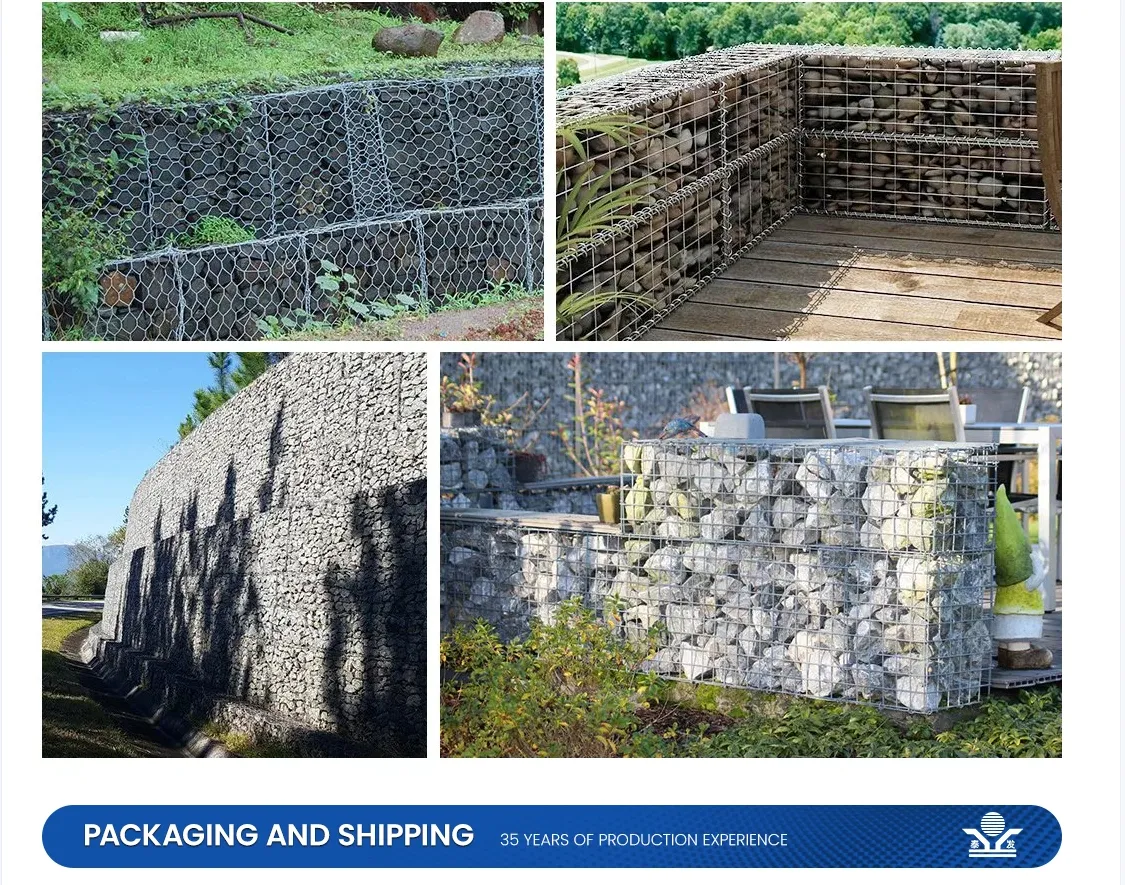Temporary Fencing for Construction Sites A Comprehensive Overview
Construction sites are often bustling hubs of activity, with workers, machinery, and materials all working together to create new structures. However, this activity also brings with it a range of safety and security concerns. One crucial element in managing these risks is the installation of temporary fencing. This article explores the importance, types, and benefits of temporary fencing for construction sites.
Importance of Temporary Fencing
Safety is paramount on any construction site. Temporary fencing serves as a physical barrier, preventing unauthorized access and reducing the risk of accidents. Construction sites can be hazardous places with moving machinery, open trenches, and heavy materials. By restricting access, temporary fencing helps to protect not only the public but also workers who might otherwise wander into dangerous areas out of curiosity or without proper knowledge of the risks involved.
Moreover, temporary fencing plays a vital role in safeguarding materials and equipment. Construction sites are often targets for theft and vandalism, with valuable tools and materials left unsecured. A well-placed fence can deter potential thieves and provide an added layer of security.
Types of Temporary Fencing
Temporary fencing comes in various forms, each suited to specific needs and environments. Here are some common types
1. Chain-Link Fencing This is one of the most popular options due to its durability and visibility. Chain-link fencing provides a solid barrier while allowing for visibility into the site, which can deter theft and vandalism.
2. Construction Barrier Fencing Made of durable plastic or mesh, this fencing is often used to indicate restricted areas. It's lightweight and easy to set up, making it ideal for short-term projects.
3. Pedestrian Barriers These are typically used to direct foot traffic around a construction site, ensuring that pedestrians are kept at a safe distance from potentially hazardous areas.
temporary fencing for construction sites

5. Delineation Fencing Often used to create designated areas within a site, delineation fencing guides workers and visitors around specific zones, such as loading areas, storage zones, or safety zones.
Benefits of Temporary Fencing
The advantages of installing temporary fencing on construction sites are substantial
1. Increased Safety By controlling access to the site, temporary fencing reduces the number of potential accidents and injuries. This is especially important in high-traffic areas or places with heavy machinery.
2. Enhanced Security Temporary fencing helps to protect valuable equipment and materials from theft or vandalism. It acts as a deterrent and can significantly reduce the likelihood of loss.
3. Site Organization With clear boundaries, temporary fencing helps to maintain an organized workflow. This can enhance efficiency and productivity on the site, as workers know where they can operate safely.
4. Regulatory Compliance Many local and federal regulations require construction sites to have appropriate safety measures in place, including fencing. Temporary fencing helps ensure compliance with these regulations, avoiding potential fines and legal issues.
5. Public Relations A well-fenced site projects a professional image, showing that the construction company is responsible and prioritizes safety. This can improve relations with the community and mitigate complaints from the public or nearby residents.
Conclusion
In summary, temporary fencing is an essential component of construction site management. It serves to enhance safety, provide security, and maintain an organized work environment. With various types available, construction managers can choose the most suitable fencing option based on specific project requirements and site conditions. Investing in reliable temporary fencing is a proactive measure that protects both the site and the surrounding community, ultimately contributing to the successful completion of construction projects.
-
Why Galvanized Trench Cover Steel Grating Resists Corrosion
NewsJul.10,2025
-
The Versatility and Strength of Stainless Expanded Metal Mesh
NewsJul.10,2025
-
Load Calculations in Steel Grating Platforms
NewsJul.10,2025
-
Keeping Pets and Kids Safe with Chicken Wire Deck Railing
NewsJul.10,2025
-
Hole Diameter and Pitch for Round Perforated Metal Sheets
NewsJul.10,2025
-
Aluminium Diamond Mesh in Modern Architecture
NewsJul.10,2025
Subscribe now!
Stay up to date with the latest on Fry Steeland industry news.

